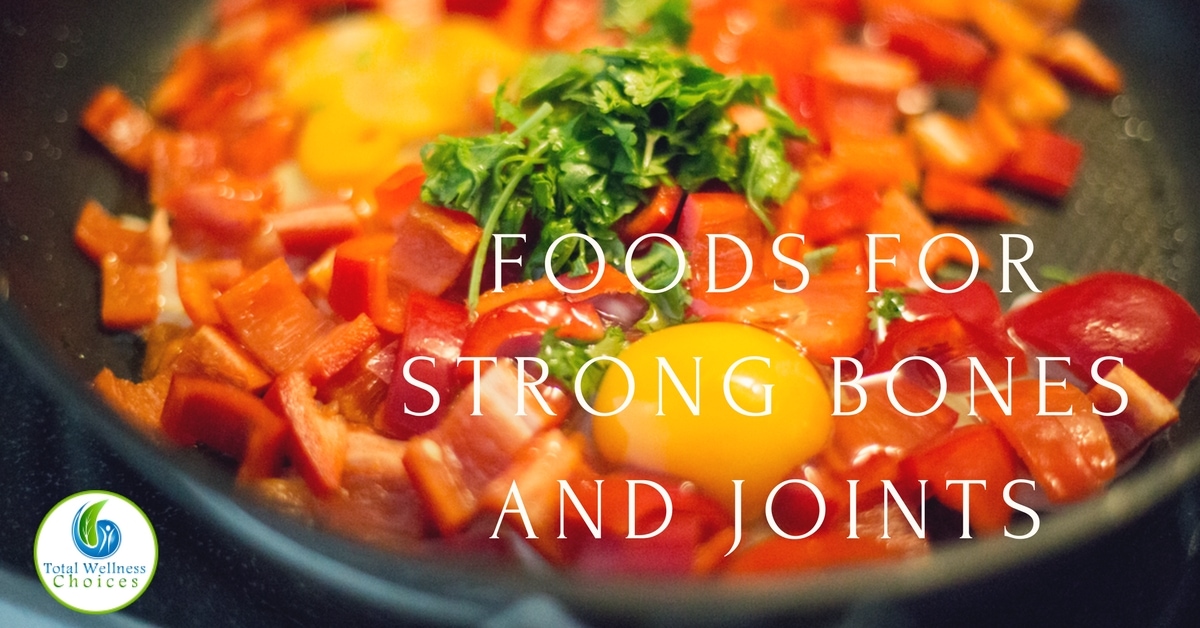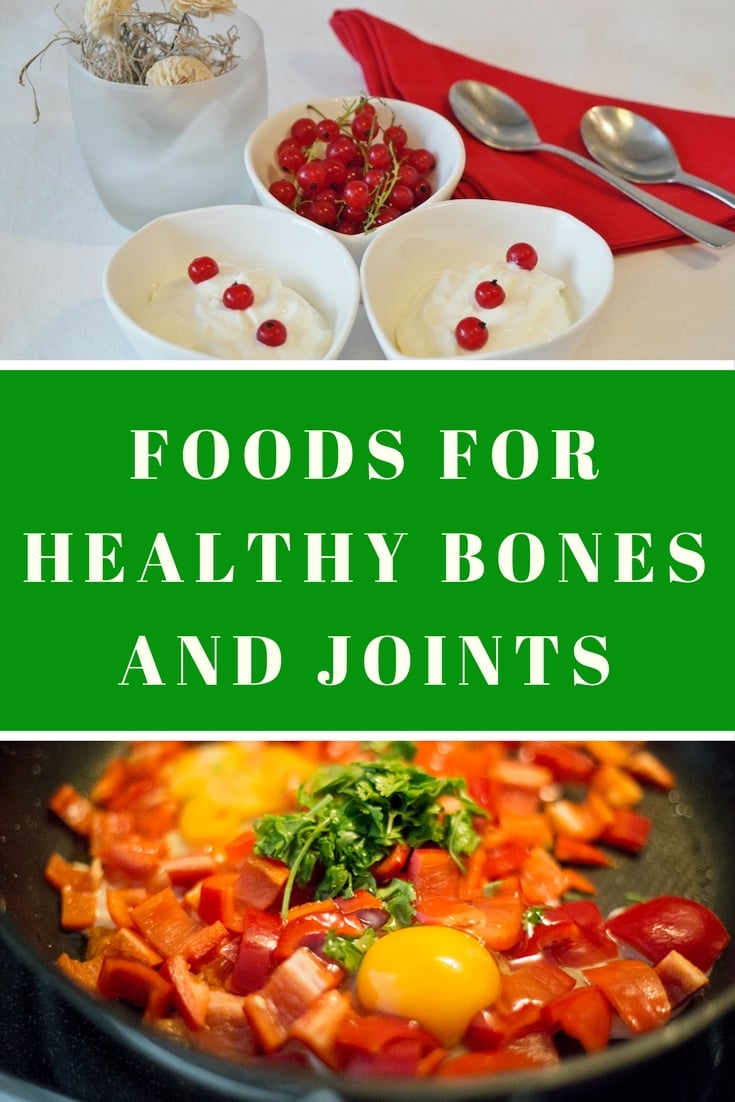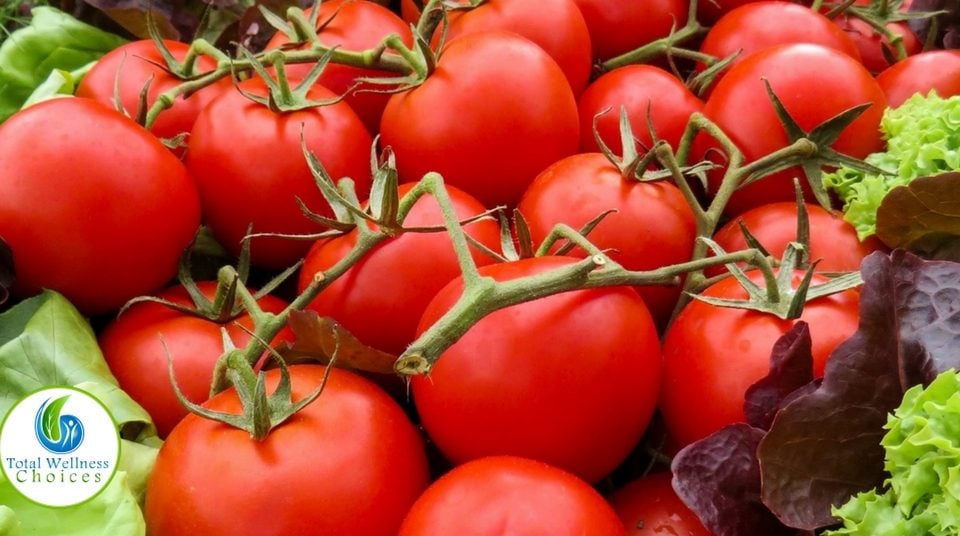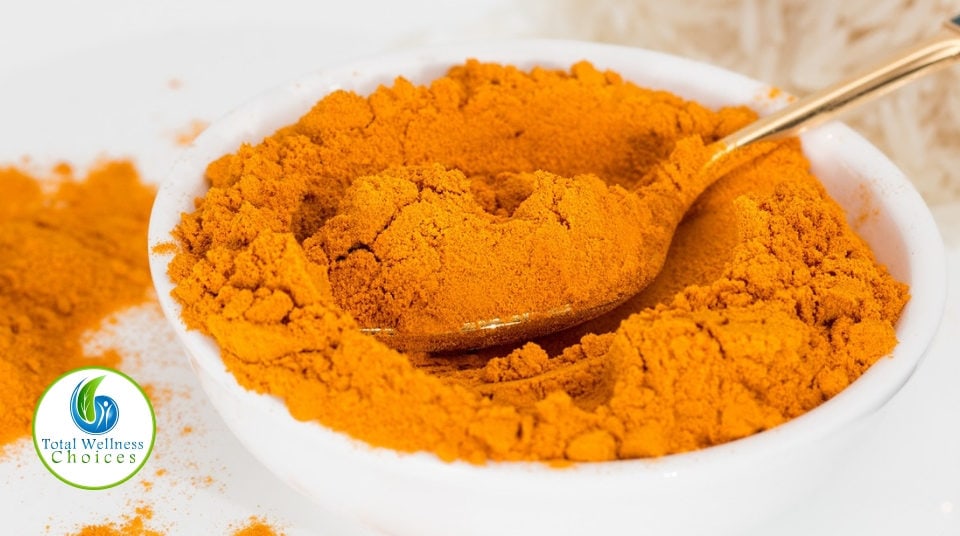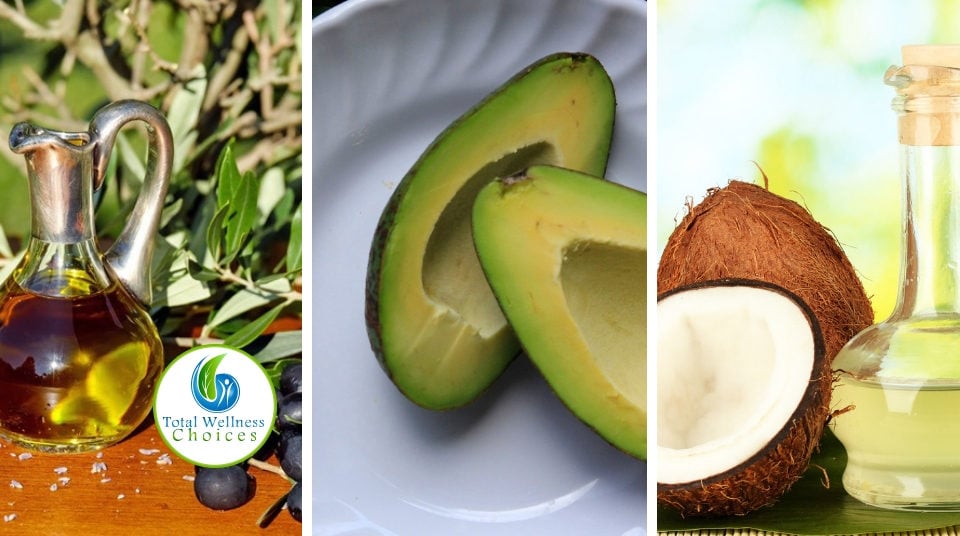Foods for Healthy Bones and Joints

How Do Probiotics Help Digestion?
December 25, 2012Make Your Bones Stronger with these Foods for Healthy Bones and Joints!
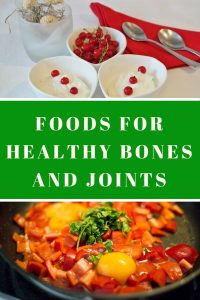 Just as the foods you eat keep your mind and your body healthy, there are foods for healthy bones and joints.
Just as the foods you eat keep your mind and your body healthy, there are foods for healthy bones and joints.
Incorporating these foods as part of a healthy diet may help prevent you from suffering from osteoarthritis, and osteoporosis later in life.
Here are some foods that when included as part of a healthy diet may help you to maintain healthy bones and joints.
Calcium Foods for Healthy Bones and Joints
Calcium as most people know is essential to building strong bones and teeth.
So, in order to keep those bones healthy you need to ensure that you are getting enough calcium in your daily diet.
Some great sources of calcium that should be included in your daily diet include:
Milk and Yogurt for Healthy Bones and Joints
Milk and milk products such as yogurt are some of the best sources of calcium that you can consume.
If you buy Vitamin D fortified milk you will also get some of that important vitamin D that is also necessary for building and maintaining strong bones and joints.
Clams and other Shellfish for Strong Bones and Flexible Joints
While not as good a source of calcium as milk and milk products eating clams and other shellfish will also help give your bones and joints some of the calcium they need in order to stay strong and healthy.
In addition some shellfish actually contain natural sources of glucosamine and chrondotrin which help lubricate the joint and reduce inflammation.
Egg Yolk
Eggs are high in protein and the egg yolk is also loaded with bone strengthening calcium. While you do want to limit the amount of eggs you eat per week, enjoying one or two eggs a couple of times a week will help to increase your calcium intake.
In addition, egg is a natural source of vitamin D which is also necessary for healthy bones and joints.
Dark Green Leafy Vegetables are Great Foods for Healthy Bones and Joints
Dark green vegetables such as kale, spinach, broccoli, collard and mustard greens, and turnip greens are also good sources of calcium.
They also are a source of vitamin K which is important especially for those with osteoporosis. Per studies done, “The human intervention studies have demonstrated that vitamin K can not only increase bone mineral density in osteoporotic people but also actually reduce fracture rates.”
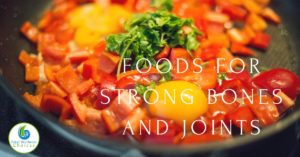
Vitamin C Foods Help the Body Absorb Calcium
Yes calcium is important to building and maintaining strong bones and joints. However, the human body does not absorb the mineral calcium as easily as it does other vitamins and minerals.
So you will want to make sure to include some foods that are rich in vitamin C in your diet along with those foods high in calcium.
Some of the vitamin C foods are:
- Oranges
- Lemons
- Strawberries
- Guavas
- Peppers
- Tomatoes
- Papaya
Vitamin D Foods for Healthy Bones and Joints
Vitamin D is also essential to having healthy bones and joints. The best source of vitamin D is not a food source but, rather the sun.
However, often times people living in colder climates simply cannot get enough of the sun to provide the amount of vitamin D that the body needs.
So eating those foods, that contain at least some vitamin D is important to good health. Unfortunately there are no fruits or vegetables that contain vitamin D.
So, here are some of the food sources of vitamin D:
- Button mushrooms
- Beef
- Eggs
- Fish (salmon, tuna, sardines, catfish and tuna)
Including at least some of these protein sources in your daily diet can help you maintain healthy vitamin D levels.
In addition your body makes glucosamine, which helps to lubricate joints. Glucosamine is made by the body combining glutamine with glucose.
Eating raw spinach and parsley as part of healthy diet will give your body the glutamine to mix with glucose to aid in the production of glucosamine.
Potassium Rich Foods May Help Prevent Calcium Loss
Studies have been done such as this one, which shows that “Dietary potassium may neutralize acid load and reduce calcium loss from the bone…”. By preventing calcium loss from the bone the integrity of the bone structure is better maintained.
So what foods are potassium rich foods to include in your diet? It is quite a range of foods – that includes: Tomato products, potatoes, sweet potatoes, plantains, raisins, oranges, bananas, papaya, prunes, and spinach.
Magnesium Rich Foods For Bone Health
Another important mineral for bone health which you can obtain in food sources is magnesium. It has been found that magnesium is a contributor factor for healthy bones. Studies have shown that those who have higher intakes of magnesium also have higher bone mineral density. This is extremely important if you are wanting to reduce your risk now, or in the future of bone fractures, and/or osteoporosis.
It is also noted that getting magnesium through food sources is best as supplemental magnesium intake can be risky. Taking magnesium in supplemental form needs to be done with caution (under a physician guidance) as too much (greater than 350 mg daily) can lead to serious side effects – even death. That being said, the good news is getting magnesium from food sources is not a concern for a healthy adult!
Some food sources for magnesium include: Dairy products, meats, chocolate, coffee, vegetables (especially squash, broccoli, and green leafy vegetables) , whole grains, legumes, seeds, and nuts (especially almonds).
Dietary Supplements that May Help Your Bones and Joints
Aside from eating foods for healthy bones and joints, there are also a few dietary supplements that may help keep those bones and joints healthy and strong.
These supplements include:
- Natural multivitamin and mineral supplements to help increase the amount of calcium, vitamin D and vitamin C in your diet.
- Fish oil supplements, which contain high amounts of Vitamin D, as well as omega-3 fatty acids which are known to help lubricate joints. Some experts believe that further research into the benefits of fish oil supplements may prove that starting these supplements early may actually help prevent arthritis.
- Green lipped mussel and other supplements made from shell fish. These supplements often contain the actual shells of various shell fish which are high in calcium.
By eating healthy you can protect your bones and muscles as well as the rest of your body and enjoy better overall health.
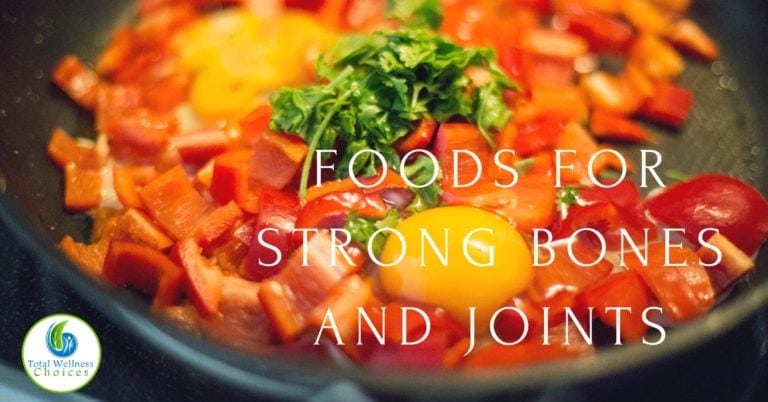
These statements have not been evaluated by the Food and Drug Administration. This article is for educational and informational purposes only and does not intend to diagnose, treat, cure, or prevent any disease or health condition. It is always recommended that you seek the advise of your private medical doctor.

